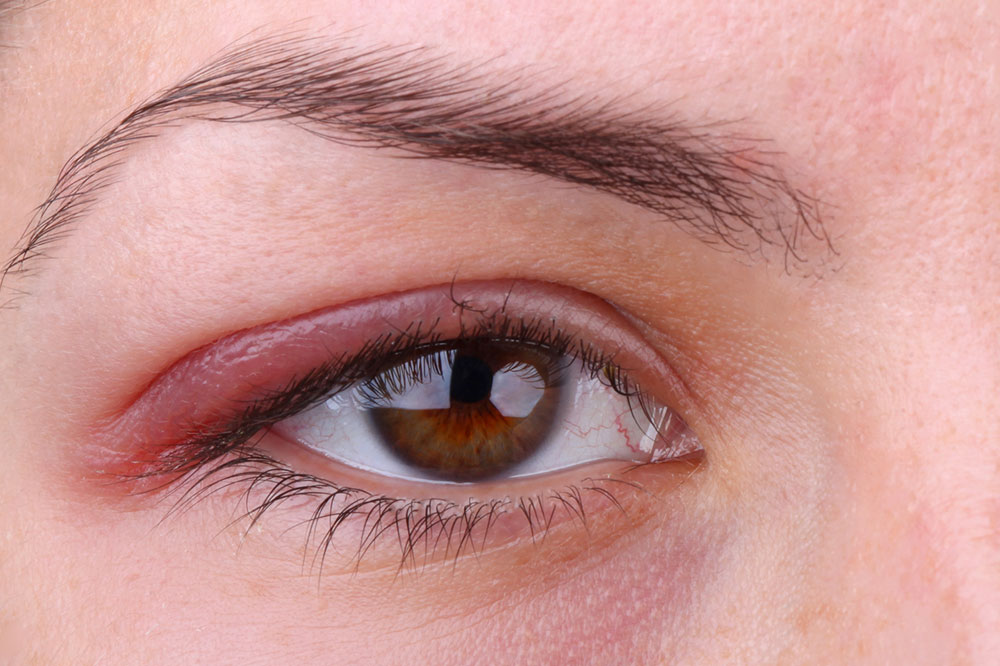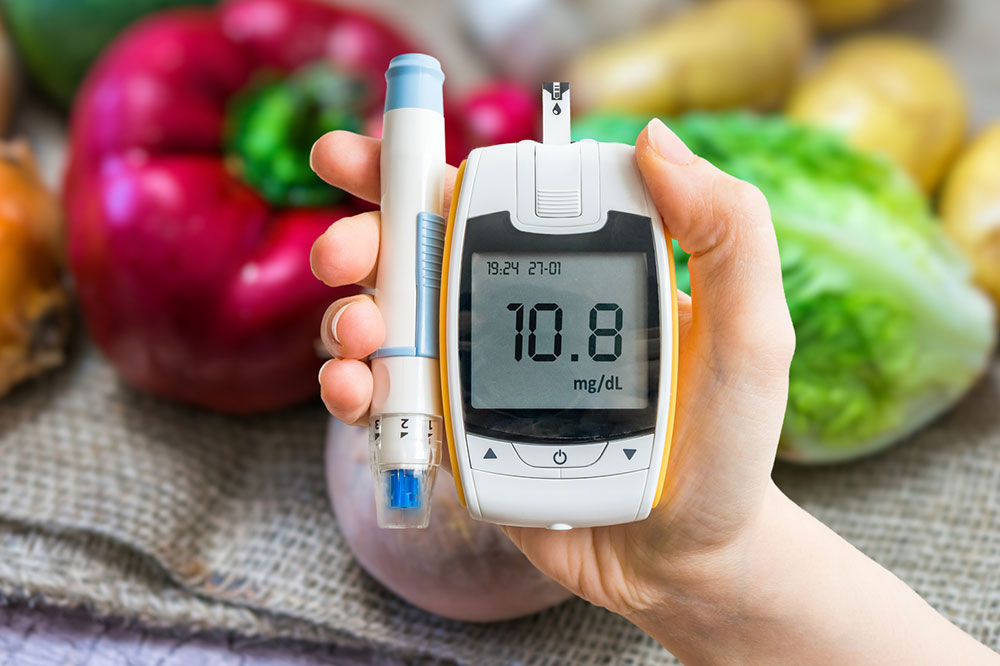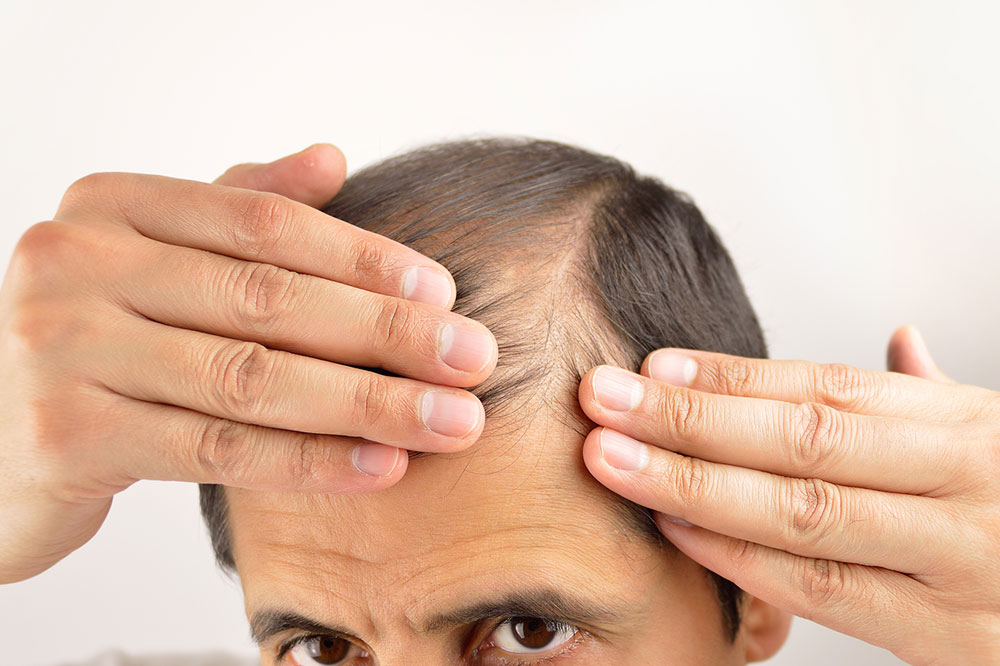
Types of pain and management techniques
The technique of pain management depends on the cause of the pain. If the cause is nerve root irritation from a herniated disc, wherein the pain radiates down the length of the leg, it can be treated with an epidural steroid injection. On the other hand, pain can be severe, like due to an inflamed appendix, for which surgery or other invasive measures are required. Let’s look at the various causes of pain and ways to manage it. Main causes of pain The common causes of pain are: Cancer Lateral epicondylitis Plantar fasciitis Piriformis syndrome Torticollis Myofasciitis Post-herpetic neuralgia Compression fractures Coccydynia Peripheral nerve damage Infections, ulcers, or open sores Headaches How is pain management possible? The management and treatment of pain can be undertaken by knowing its history and other details like its duration, intensity, and relieving and aggravating conditions. Only after all this is understood, effective pain management can be undertaken by a medical examiner. So, one should disclose all relevant details to their doctor at the time of consultation. Types of pain The main types of pain are: Nociceptive pain: This is triggered due to tissue injury and can be acute or chronic. It can be somatic or visceral; while the former is limited to the tissues, the latter stems from damage to internal organs.
Read More 










